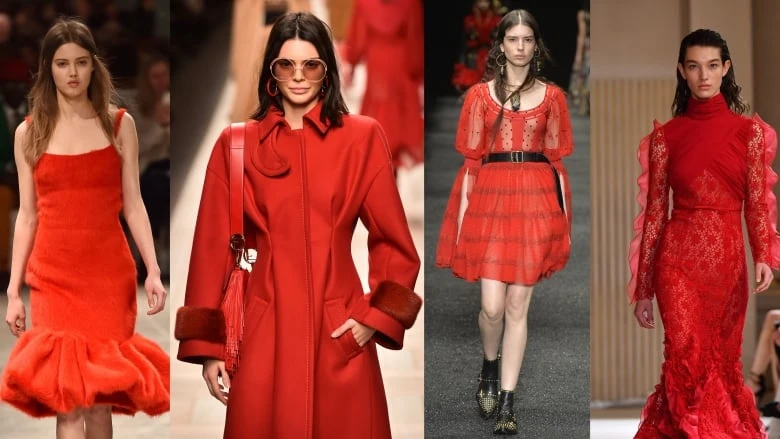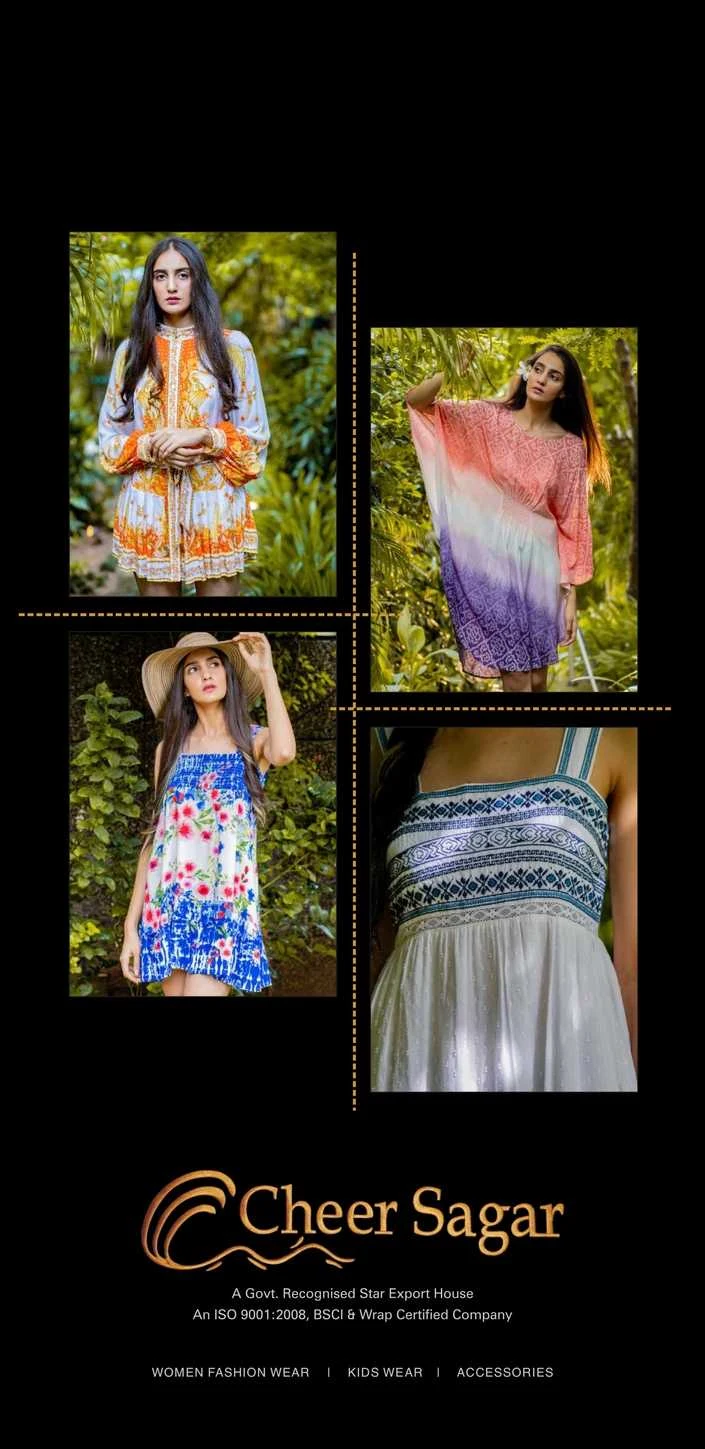The difference between men’s and women’s clothing sizes lies in the measurements and proportions, with men’s sizes generally being more straightforward and based on chest circumference, while women’s sizes involve more variables like bust, waist, and hip measurements. Men’s clothing sizes are primarily based on chest circumference, while women’s sizes take into account bust, waist, and hip measurements, resulting in more variations.
Men’s sizes tend to be more standard and straightforward, whereas women’s sizes can vary significantly depending on the brand and style. It’s important for individuals to refer to size charts and try on clothing to find the best fit, regardless of gender.

Credit: medium.com
Understanding Sizing Disparities
Explore the disparities between men’s and women’s clothing sizes to better understand the difference. Learning more about these variations can help individuals make informed decisions when selecting apparel, resulting in a more comfortable and accurate fit.
Inconsistencies In Sizing
It’s a frustrating experience for many shoppers when they walk into a store or browse online, only to find that their usual clothing size doesn’t fit them anymore. The truth is, there are significant disparities in sizing between men’s and women’s clothing that can cause confusion and dissatisfaction. These inconsistencies create a barrier for consumers, making it difficult to find clothes that fit well and feel comfortable.
One of the primary reasons for these sizing disparities is the lack of standardized measurements across brands and manufacturers. Unlike men’s clothing, which generally follows a more straightforward sizing system based on measurements such as chest, waist, and inseam, women’s clothing sizes can vary widely between different brands. This means that a woman who usually wears a certain size in one brand might need to go up or down a size in another brand.
Additionally, societal pressures and unrealistic beauty standards have further complicated women’s clothing sizes. There is a cultural bias towards smaller sizes, leading many brands to engage in what is known as “vanity sizing.” Vanity sizing refers to the practice of labeling larger clothing sizes with smaller numbers in an attempt to cater to customers’ egos. As a result, women may feel compelled to buy smaller sizes, even if they don’t actually fit properly.
Moreover, the fashion industry often ignores the diversity of body shapes and sizes among women. Standardized sizing charts are often based on an outdated and unrealistic ideal body type, overlooking the fact that women come in a wide range of shapes and proportions. This leads to garments that are ill-fitting and uncomfortable, leaving consumers frustrated and dissatisfied with their shopping experience.
Impact On Consumer Experience
The sizing disparities in men’s and women’s clothing can have a significant impact on the overall consumer experience. When clothes don’t fit properly, it can lead to feelings of self-consciousness and low self-esteem. Additionally, the process of trying on multiple sizes and returning ill-fitting items can be time-consuming and inconvenient.
This sizing issue is particularly noticeable when shopping for online retailers, where measurements and fit are often more difficult to gauge accurately. Consumers may find themselves relying heavily on reviews and customer feedback, hoping that someone with a similar body type and size will provide helpful insights.
Furthermore, the inconsistent sizing of women’s clothing can contribute to body dissatisfaction and negative body image. Women may internalize the idea that they need to fit into a specific size to be considered attractive or acceptable, leading to harmful habits like crash dieting or extreme exercise regimes. This not only affects their physical and mental well-being but also perpetuates the unrealistic beauty standards set by the fashion industry.
In conclusion, understanding the sizing disparities between men’s and women’s clothing is crucial for both consumers and the fashion industry. The inconsistent sizing and unrealistic beauty standards not only impact the consumer experience but also perpetuate body dissatisfaction and harmful body image issues. It’s high time for the fashion industry to prioritize inclusivity and create standards that cater to the diverse body shapes and sizes of all consumers.
Historical Evolution Of Sizing
Men’s and women’s clothing sizes have evolved over time due to historical and cultural factors. These differences are primarily based on body shape, with men’s sizes typically focusing on broader shoulders and waistlines, while women’s sizes emphasize curves and waist-to-hip ratios.
Understanding these distinctions can help ensure a better fit and more comfortable experience when shopping for clothes.
Origins Of Standard Sizing
Standard sizing, as we know it today, has a fascinating historical evolution. It all started with the Industrial Revolution in the 18th and 19th centuries. This period brought about a major shift in manufacturing processes, leading to mass production of clothing. With the rise of ready-to-wear garments, a need for standardized sizing emerged to ensure consistent fit across different garments and brands.
Initially, clothing sizes were primarily based on tailor’s measurements and custom-made garments. However, as the demand for mass-produced clothing grew, a more efficient sizing system became necessary. In the early 20th century, the National Bureau of Standards (now known as the National Institute of Standards and Technology) took on the challenge of creating a universal sizing system.
Shifts In Sizing Norms Over Time
Over the years, sizing norms have undergone significant changes, reflecting shifts in societal ideals and body proportions. In the early 20th century, the “hourglass figure” was highly valued, with a small waist and pronounced hips. This influenced the sizing standards of women’s clothing, focusing on defining the waistline.
However, as fashion trends evolved and the feminist movement gained momentum, there was a gradual shift towards more relaxed and unrestrictive styles. The 1920s brought the era of flapper dresses, characterized by loose-fitting silhouettes. Alongside these fashion changes, sizing norms also adapted to accommodate the changing body ideals.
In the 1960s and 1970s, the fashion industry witnessed a surge in body positivity movements, embracing a broader range of body shapes and sizes. This shift led to the introduction of new sizing categories, such as petite and plus sizes, to cater to the diverse needs of consumers.
In recent years, there has been a growing awareness and demand for inclusive sizing, urging brands to expand their size ranges and offer a more comprehensive selection for both men and women. This push for size inclusivity has led to a reevaluation of sizing charts and the adoption of more diverse body measurements.
Biological And Anthropometric Variations
Biological and Anthropometric Variations:
Biological and anthropometric differences between men and women play a significant role in the variations in their clothing sizes. Understanding the inherent contrasts in body shapes and sizes is crucial for apparel manufacturers to cater to diverse consumer needs.
Body Shape Differences
Men and women have distinct biological characteristics, resulting in variations in body shapes and proportions. Men typically have broader shoulders and chest, while women tend to have wider hips and a narrower waist. These differences necessitate specific tailoring and sizing to ensure optimal fit and comfort.
Factors Influencing Sizing Variances
- 1. Body Composition: The distribution of muscle and fat differs between genders, impacting the overall silhouette and dimensions that dictate clothing sizes.
- 2. Height Disparities: Men and women, on average, have differing heights, leading to distinctive length requirements for garments such as pants and sleeve lengths.
- 3. Waist-to-Hip Ratios: Women often exhibit wider variations in waist-to-hip ratios compared to men, influencing the fit of bottoms and dresses.
- 4. Chest and Bust Measurements: Variations in chest and bust sizes necessitate specific considerations in the design and dimensioning of tops and outerwear.

Credit: alvanon.com
Cultural And Societal Influences
Practical Implications And Solutions
Practical implications and solutions of the difference between men’s and women’s clothing sizes are crucial for a seamless shopping experience.
Industry Responses To Sizing Disparities
Garment manufacturers are adapting their sizing charts to address discrepancies and ensure accurate fits.
Alternative Sizing Strategies
Brands are introducing unisex or gender-neutral sizing options to provide inclusive choices for all consumers.

Credit: www.dhgate.com
Frequently Asked Questions For What Is The Difference Between Men’s And Women’s Clothing Sizes
What Is A Men’s Xl In Women’s Sizes?
A men’s XL in women’s sizes typically corresponds to a size 16-18. It’s important to check the specific brand’s size guide for accurate measurements.
How Do Men’s Sizes Convert To Women’s?
Men’s sizes can be converted to women’s by adding 1. 5 to the men’s size. For example, a men’s size 7 would be equivalent to a women’s size 8. 5. Keep in mind that different brands may have slight variations in their size conversions.
Is A Women’s Large The Same As A Men’s Medium?
A women’s large is typically similar to a men’s medium in sizing. Checking specific measurements for best fit is recommended.
Do Women’s Clothes Fit Differently Than Men’s?
Yes, women’s clothes generally fit differently than men’s due to variations in body shapes and proportions.
Conclusion
Understanding the differences between men’s and women’s clothing sizes is essential for a comfortable fit. While there are discrepancies between the two, knowing the variations and how to navigate them can help individuals make informed decisions when shopping. By learning about sizing variations, shoppers can ensure a better fit and a more enjoyable shopping experience.







You have made some really good points there. I looked on the web for more info about the issue and found most people will go along with your views on this website.
Thanks dear.
I’ll immediately grab your rss feed as I can not find your
e-mail subscription hyperlink or e-newsletter
service. Do you’ve any? Please allow me understand so
that I may subscribe. Thanks.